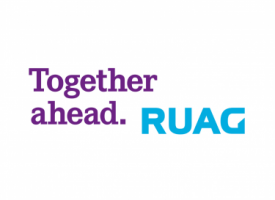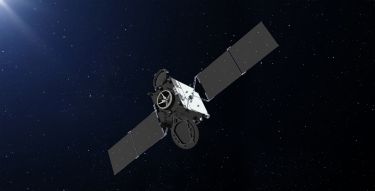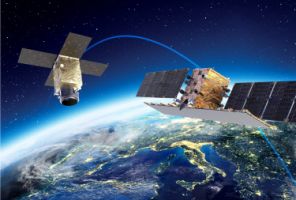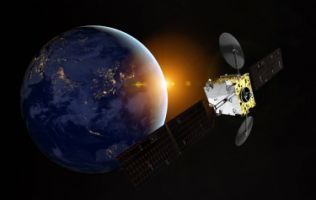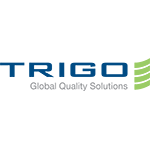RUAG Space delivers backbone for next-generation telecom satellites

RUAG Space has won an initial contract worth SEK 30 million (EUR 3.08 million) to develop the central structure for the next generation of European telecommunication satellites. At the same time, the company has signed a five-year contract for future serial deliveries to Thales Alenia Space.
Neosat is part of the European Space Agency’s ARTES programme, the purpose of which is to develop the next generation of commercial satellite platforms. These will enable the European space industry to deliver commercially competitive satellites between three and six tonnes in mass. The aim is to meet at least half the global market demand for telecom satellites between 2018 and 2030.
An important objective is to reduce the cost for a satellite in orbit by 30 percent compared to today’s products. The focus here is on electrical propulsion, reduced time for assembly, integration and testing thanks to modular design, and compatibility with the Ariane, Proton and Falcon launcher families.
France’s Thales Alenia Space (TAS) has commissioned RUAG Space to develop and manufacture the central structure – the satellite’s “backbone” – for what TAS sees as its best-seller for the future. The design and production is happening at RUAG’s site in Linköping, Sweden.
“This contract gives us the opportunity to develop the next generation of satellite structures using new materials and new processes. The fact that we have also signed a five-year contract for the production of serial units puts the total value of the deal far in excess of the initial contracted amount,” says Jörgen Remmelg, Business Director at RUAG Space Linköping.
For Further Information Click Here

